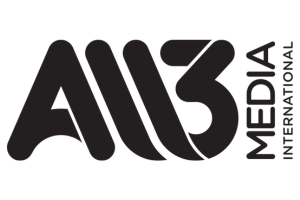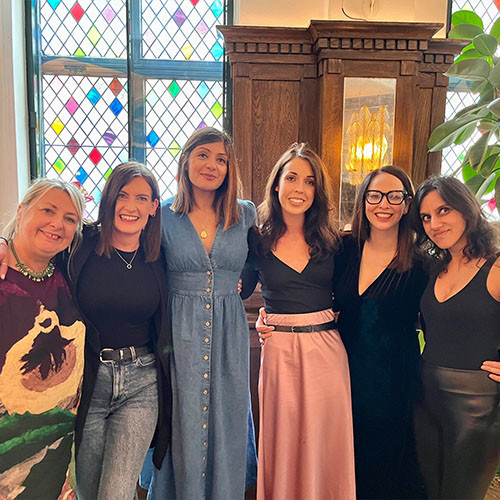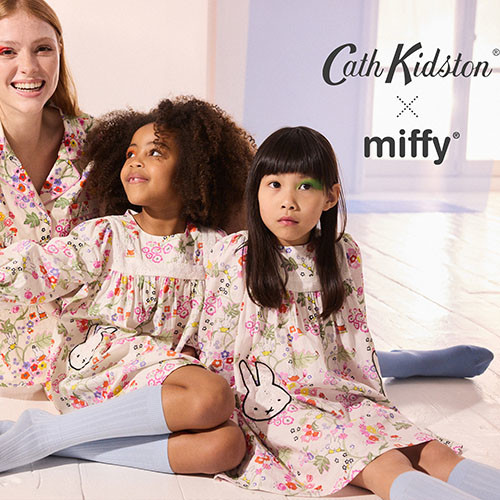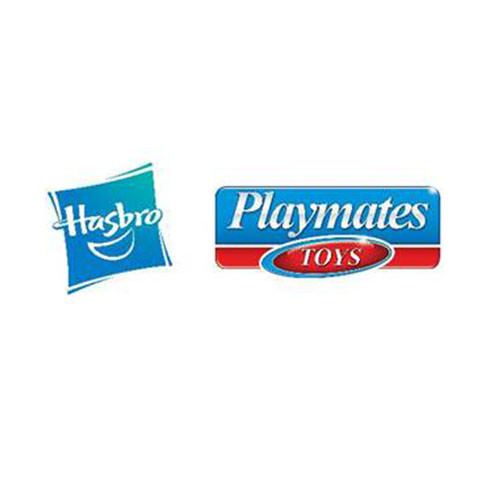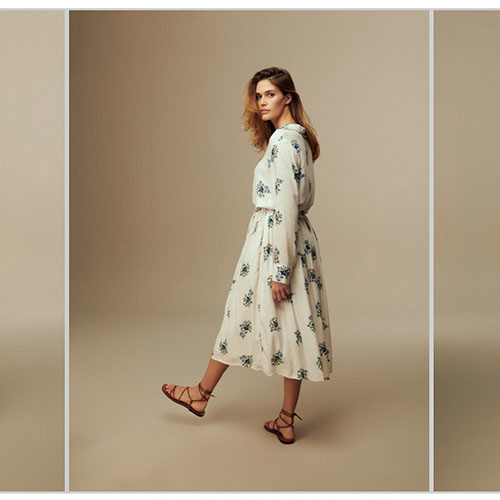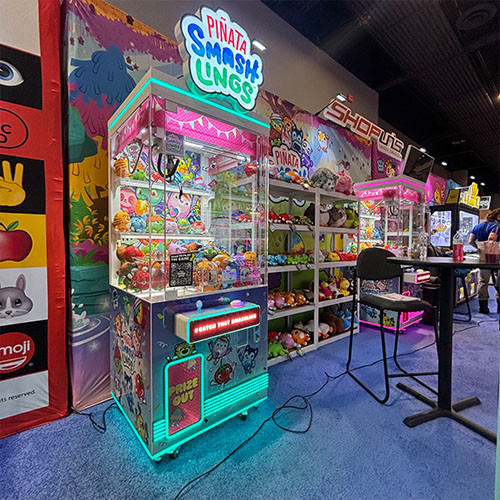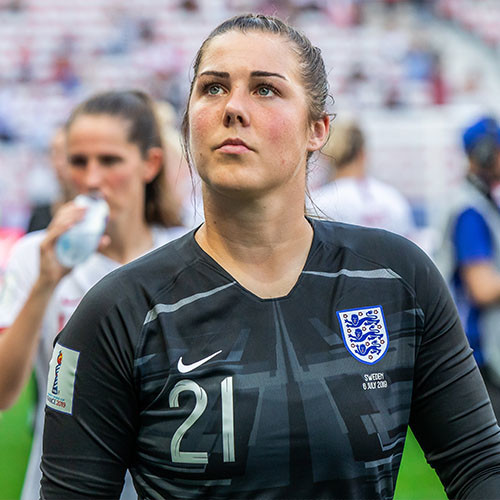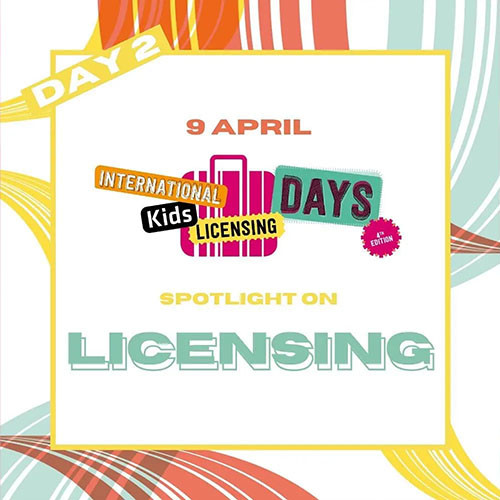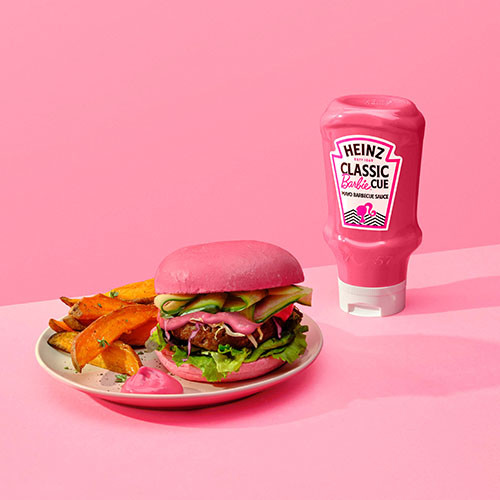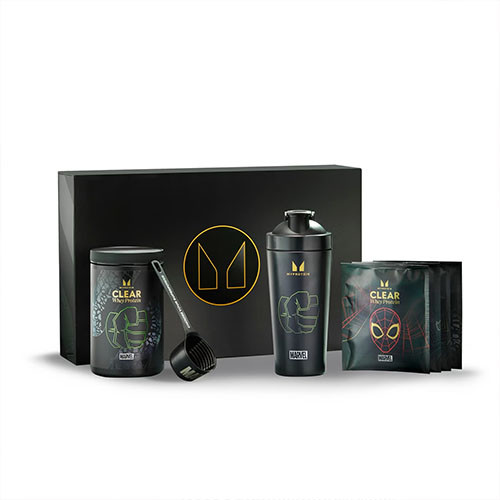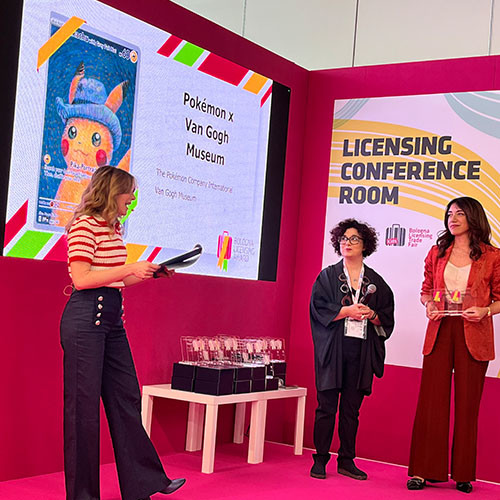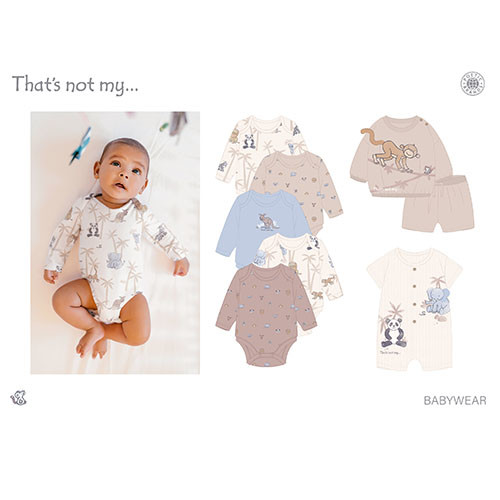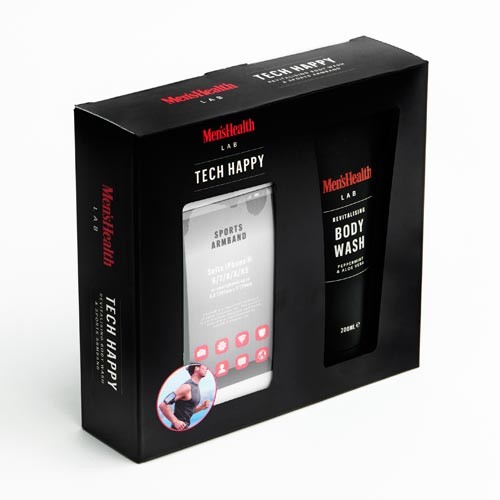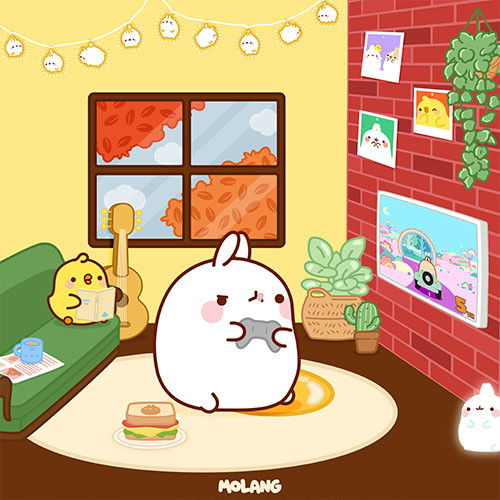Margaret Briffa from IP law firm Briffa explains the protections afforded by Registered Designs.
The Supreme Court finding that look-a-like ride on suitcases manufactured and imported into the UK by PMS International did not infringe the Community Registered Design has thrown the design world into disarray.
Central to the Court’s decision is the different interpretation that may be given to CAD drawings over line drawings which are filed at the European Design Register to protect a designer’s work. Until the Trunki case, it had generally been assumed that filing CAD images gave them the same protection as filing line drawings i.e. that it protected the shape of the design and shape alone.
After the Supreme Court ruling it is clear that designers need to understand a good deal about design law and have thought through their filing strategy carefully even if they are at a very early stage of their business. This flies in the face of one of the important features of the European Community registered design, which was intended to provide a low cost protection which designers could apply for themselves and which would offer the same protection in whatever member state a copy product was sold.
In this piece we will set out some guidelines for designers as they go about securing registered designs.
Before that, it is worth reminding ourselves about the Trunki story and why this case has created such a storm. Famously rejected by Dragons’ Den investors in 2006, Trunki went onto become a British business success story. Around 20% of all 3 to 6 year olds are proud owners of a Trunki suitcase and the design is acknowledged to have been ‘very clever’, ‘revolutionary’ and ‘a great idea’.
It was very concerning, therefore, when in 2012 Trunki’s founder Rob Law noticed a discount version being offered for sale by PMS – a company based in Essex and Hong Kong. PMS admitted that they took two of the most popular Trunki styles – a tiger (pictured below) and a ladybird – and adapted them for the discount market.
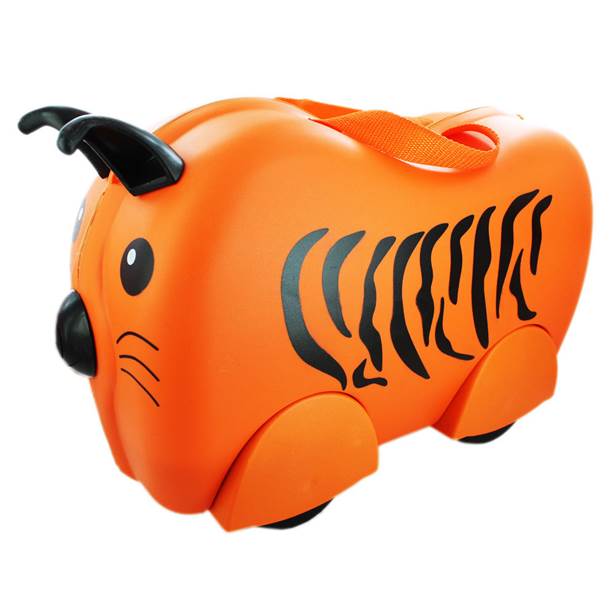
Trunki sued and its claim was upheld in the High Court. So far so good. However, PMS appealed and the Court of Appeal overturned the first court’s decision. On a further appeal to the Supreme Court that Court has affirmed what was generally regarded as a surprise decision from the Court of Appeal.
The Court found that the design filed (i) gave the impression of a horned animal and (ii) where the designer files CAD drawings which showed different parts of the design in different shades of grey, the rights of the designer were limited to a product which also includes those colour contrasts.
In other words, submitting CAD images to secure your registered design did not provide as broad a protection for the shape of a product as had been understood.
For Trunki, this meant that when it comes to comparing the registered design with the infringing product the exercise was not a comparison of the shape alone but shape and ‘other factors’ as well. When considering all those other factors, therefore, the Court of Appeal and the Supreme Court found that the PMS discount version creates a different overall impression from the Trunki.
In the light of this, there are some tips for a designer who wants to take advantage of the protection afforded by Registered Designs:
(i) Where a design is filed in black and white whether by way of line drawing, photograph or greyscale CAD image the registered design will be deemed to cover all colours;
(ii) Where a design is shown in colour those specific colours are claimed as part of the design protected;
(iii) The widest protection can be secured by submitting drawings that only show the contours of the design;
(iv) A line drawing is less likely to be interpreted as a drawing for a design that may have surface ornamentation than a CAD image;
(v) Simplicity or absence of surface ornamentation may be a feature the registered design – but whether it is or not may well not be clear and ultimately a court would need to decide whether what was on the register showed an ‘absence of ornamentation’;
(vi) A designer should consider registering both line drawings and specific coloured designs of its products and on the same day to get the broadest and surest protection.
Margaret Briffa is a partner at intellectual property law firm, Briffa, which acted for Magmatic Ltd, the owners of Trunki. She can be contacted on Margaret@briffa.com.










